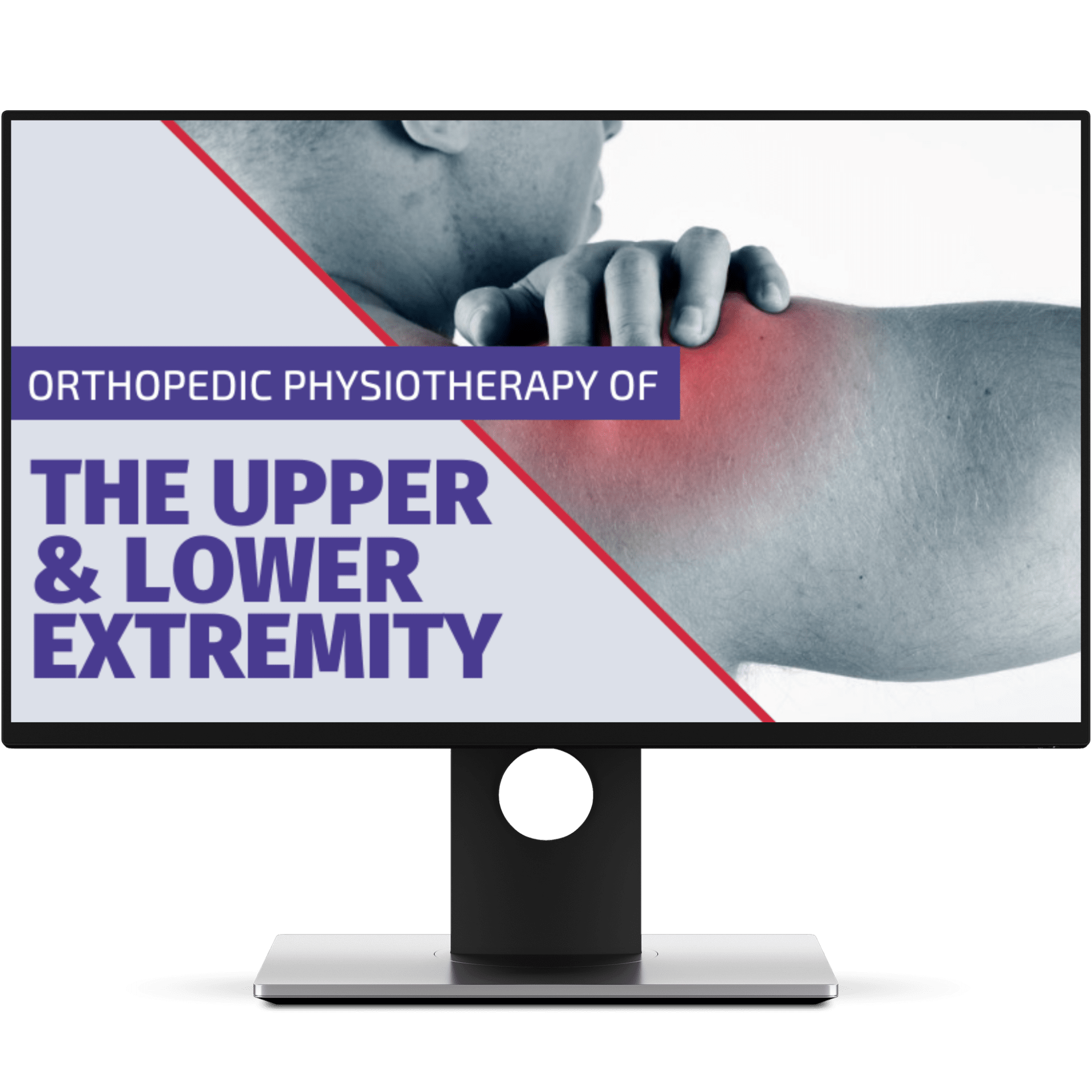Return to Sport Criteria After an Acute Lateral Ankle Sprain
Introduction
Lateral ankle sprains are among the most common musculoskeletal injuries in athletes and recurrence rates are high. Making decisions to clear an athlete to return to sport can be difficult and should be made based on relevant criteria. Unfortunately for return to sport after an acute lateral ankle sprain, up till now, no clear criteria have yet been established, which may explain the high recurrence and prevalence of ongoing symptoms, instability and/or “giving way”.

Return to sport
If you are interested in the diagnosis and treatment of acute lateral ankle sprains, be sure to check out the following blog article: https://www.physiotutors.com/ankle-sprain-rehab-guideline/.
Items to be considered in the decision making process for return to sport after an acute lateral ankle sprain can be classified into five domains.
1. Pain
Pain severity during sport participation and over the last 24h should be considered as essential criteria prior to clearing an athlete to return to sport.
2. Ankle impairments
As for ankle impairments, range of motion and muscle strength, endurance and power have to be evaluated.
3. Athlete perception
The perceived stability of the ankle and the confidence or reassurance the athlete feels, together with the psychological readiness for return to sport should be taken into account. The athlete should feel confident to load the ankle in both the rehabilitation environment and on field.
4. Sensorimotor control
A good proprioception and dynamic postural control are necessary items belonging to the sensorimotor control domain. Prior to returning to sport, the athlete should demonstrate adequate control of the ankle joint on unstable surfaces, when jumping and landing and in unpredictable situations.
5. Sport/functional performance
Regarding the sport and functional performance criteria, hopping and jumping, agility and sport-specific activities should be well tolerated. The final criterium for clearing an athlete to RTS is the ability to complete a full training session.

ORTHOPEDIC PHYSIOTHERAPY OF THE UPPER AND LOWER EXTREMITIES
Boost Your Knowledge about the 23 Most Common Orthopedic Pathologies in Just 40 Hours

Clinical application
Unfortunately, no clear definition of cutoff values for these proposed measures has been defined, which makes it difficult to implement them straightaway in practice.
The following measurements can be considered in clinical practice. For pain, this can be quite simple as the numeric rating scale and visual analog scale are widely known. Ankle range of motion can be evaluated through the active and passive range of motion assessment and joint play, for which we have made a couple of videos.
Active Range of Motion (Ankle & Foot)
Ankle Passive Range of Motion (PROM)
Measuring an athletes’ perception is a little more complicated and is more subjective compared to the other criteria for return to sport. We recommend building a good therapeutic relationship and to facilitate open communication with the patient. Ideally, decisions in this return to sport process should be taken together with the athlete and team.
Measuring an athletes’ perception is a little more complicated and is more subjective compared to the other criteria for return to sport. We recommend building a good therapeutic relationship and to facilitate open communication with the patient.
To evaluate the strength of the muscles surrounding the ankle joint we propose to watch the following video: How Good is Your Calf Function? What is the Norm & Common Compensations
Evaluating how the athlete executes functional movements both in predictable and unpredictable situations can be used to give a rough idea of the ankle joint proprioception and postural control. When well tolerated and executed, more sport-specific tasks like jumping and landing should become the focus.
The final step of this return to sport process is to see how the athlete copes with a full training session. When well tolerated, the ultimate decision to clear an athlete to return to sport should not be feared.
We hope you enjoyed this read.
Ellen
Reference
Smith MD, Vicenzino B, Bahr R, Bandholm T, Cooke R, Mendonça LM, Fourchet F, Glasgow P, Gribble PA, Herrington L, Hiller CE, Lee SY, Macaluso A, Meeusen R, Owoeye OBA, Reid D, Tassignon B, Terada M, Thorborg K, Verhagen E, Verschueren J, Wang D, Whiteley R, Wikstrom EA, Delahunt E. Return to sport decisions after an acute lateral ankle sprain injury: introducing the PAASS framework-an international multidisciplinary consensus. Br J Sports Med. 2021 Nov;55(22):1270-1276. doi: 10.1136/bjsports-2021-104087. Epub 2021 Jun 22. PMID: 34158354. https://pubmed.ncbi.nlm.nih.gov/34158354/

Ellen Vandyck
Research Manager
NEW BLOG ARTICLES IN YOUR INBOX
Subscribe now and receive a notification once the latest blog article is published.







